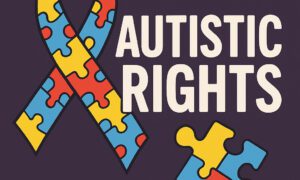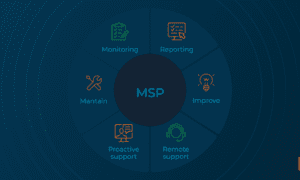For high school students, Advanced Placement (AP) exams often feel like the gateway to college credit and future opportunities. With pressure mounting each spring, both students and schools are turning to new technologies to improve outcomes.
Among these innovations, adaptive learning tools stand out as particularly promising. They claim to personalize study sessions, identify knowledge gaps, and adjust difficulty in real time.
But the big question remains: do adaptive learning tools actually boost AP exam scores or are they just another educational buzzword?
Adaptive Tools Versus Traditional Study Methods
To weigh the impact of adaptive learning, it helps to consider what the “control condition” looks like, such as traditional practice methods. Many students still rely on textbooks, class notes, and practice questions pulled from review books.
Online resources have expanded access, with platforms like Knowt AP exam test libraries offering free practice exams that mimic real test conditions. These static materials provide repetition, but they don’t adjust based on a student’s progress or areas of weakness.
By contrast, adaptive engines use data to decide what comes next. If a student struggles with AP Biology genetics questions, the system will serve more of them, sometimes scaffolded with easier versions first.
If they breeze through AP U.S. History primary source analysis, the system moves them ahead quickly. The idea is to maximize efficiency by tailoring practice to individual needs.
How Adaptive Learning Works
Most adaptive platforms are built on well-researched principles of educational psychology and data science. Some of the most important include:
- Item Response Theory (IRT): Questions are calibrated not just for correctness, but also for difficulty. This allows the system to estimate a student’s “ability level” with fewer questions.
- Knowledge Tracing: Algorithms track which concepts a student has mastered over time and predict which they are likely to forget without reinforcement.
- Spaced Retrieval: Borrowed from cognitive science, this principle ensures that students review information just before they’re predicted to forget it, strengthening long-term recall.
- Fairness Considerations: Because adaptive systems rely on historical data, designers must ensure algorithms don’t unintentionally favor or disadvantage students from different backgrounds.
These mechanisms help students spend more time on their weak spots while still reinforcing their strengths. The promise is higher efficiency: learning more in less time.
What the Research Shows
Studies of adaptive learning in K-12 settings show mixed but encouraging results. Some research points to significant gains in student outcomes, particularly for struggling learners who benefit most from individualized pacing. In the AP context, schools piloting adaptive platforms have reported:
- Increased confidence among students, who feel the system “knows them”
- Higher practice completion rates compared to static assignments
- Score improvements are most noticeable in the 2-to-3 and 3-to-4 score jump range
However, adaptive tools are not a magic bullet. Several studies note that motivated, self-disciplined students often perform just as well with high-quality traditional resources. The tool is only as effective as the effort students put in.
The Human Factor
A recurring theme in education research is that technology works best when paired with strong teacher involvement. Adaptive engines can surface insights, like which units half the class is struggling with, but it’s the teacher who can adjust instruction, lead discussions, and provide encouragement.
Moreover, AP exams don’t just test recall; they also demand essay writing, synthesis, and argumentation. Adaptive multiple-choice drills may boost fact retention, but without teacher oversight and practice with free-response questions, students could still fall short.
A Simple Evaluation Plan for Schools
For schools considering investing in adaptive tools, it helps to run a small pilot before rolling them out widely. A straightforward plan might look like this:
- Select two similar AP classes (for example, two sections of AP U.S. History)
- Provide adaptive access to one group, while the other continues with traditional practice resources
- Track usage data, confidence surveys, and practice test results over 8–12 weeks
- Compare end-of-year exam scores and growth rates between groups
- Gather teacher feedback on how well the tool supported instruction
This approach creates a clear before-and-after picture without overcommitting resources upfront.
Final Thoughts
Adaptive learning tools are not a silver bullet, but they can be powerful allies in preparing students for AP exams. By personalizing practice, reinforcing weak spots, and offering data-driven insights, they can complement traditional study methods and strong teaching.
Ultimately, their impact on scores depends on three factors:
- The quality and alignment of the tool to AP standards
- The effort and study habits of the student
- The way teachers integrate the tool into broader instruction
For many schools, adaptive platforms are worth exploring as part of a balanced preparation strategy, but not as a standalone solution. When combined with resources like practice exams, dedicated teacher oversight, and consistent study habits, they can make a real difference in helping students earn the AP scores that open doors to college credit and beyond.





























